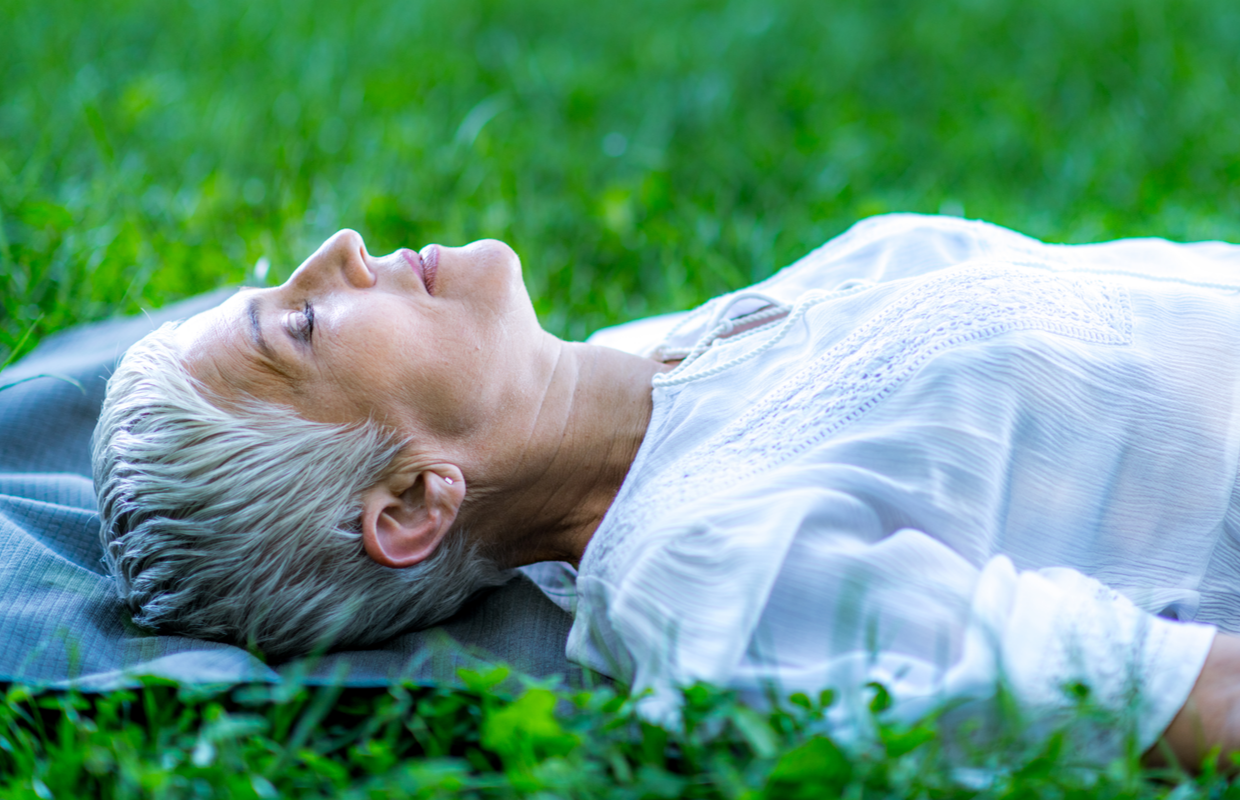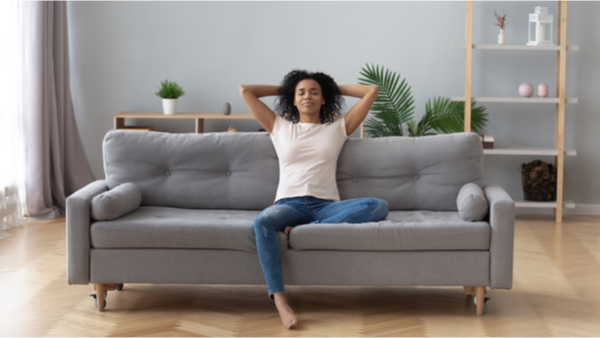In our modern society, we tend to glorify being bsuy without a moment’s rest. because of this, many of us have forgotten how to truly stop and relax. This is where the new Swedish wellness trend of ‘niksen’ comes in, also known as the art of doing nothing – but what is it, what does it actually involve and how can you weave it into your life? We take a closer look at how doing nothing can reduce your stress and improve your health…
It began with Denmark’s hygge, the delightfully indulgent concept of getting cozy – think candles, blankets, roaring fires and toasting marshmallows. Then came Sweden’s lagom, which encouraged us to approach life with an ‘everything in moderation’ mindset.
And now there’s another wonderfully relaxing and simple concept emerging from the Netherlands… niksen, which simply means ‘the art of doing nothing’, and it’s here to help you reduce the stresses of everyday life.

What is niksen?
‘The Dutch concept of niksen is definitely something we could all take inspiration from in today’s ever-busy, switched-on world,’ says Bupa Mental Health Nurse Adviser, Caroline Harper. ‘Allowing yourself time to sit with your own thoughts, to truly relax and restore, is crucial for aiding stress relief and improving your mental wellbeing.
‘Switching off shouldn’t be that difficult; yet even when you’re home with no plans, it can feel near impossible,’ adds Caroline. ‘Niksen encourages you to slow down and indulge in some down time.
Be present with your thoughts
Forget busying yourself with huge plans, getting FOMO – fear of missing out – from checking what others are doing online, or dealing with work emails and deadline demands, niksen is all about dedicating focused time to just sitting still with your own thoughts.’
And despite its idle meaning, there’s nothing lazy about the powerful impact it can have on your mental wellbeing.
Let your thoughts flow freely
Taking time to do nothing and let your thoughts flow freely not only helps to reduce stress and anxiety but is also said to boost productivity and creativity.
Studies have found that letting your mind wander can leave you feeling inspired about achieving your goals and the clarity needed for achieving them. So-called ‘rocrastination’ can actually equal productivity in the long run.
Lose yourself in a daydream
It differs from mindfulness in that mindfulness encourages you to be present in the moment, whereas niksen asks you to do quite the opposite: to lose yourself in a daydream.
‘Allow boredom to occur and stop viewing it negatively,’ says Caroline. ‘Being busy has somehow become something to be proud of, while sitting around with nothing to do almost feels shameful, yet niksen turns that on its head, taking the idea of simplicity and quality of life to a blissful new level.

Why you should practice niksen every day
Experts suggest you should practise niksen as often as you need, but try to make a little time every day. Start off small with just five minutes and as it becomes a part of your routine, up the time you spend on it. Half an hour a day is ideal. Here, Caroline shares her tips for when niksen works best and how to get in the mindset…
How to practice niksen at work
It might seem odd to suggest doing absolutely nothing while at work, but a spot of niksen on your lunch break could be just the ticket. Even when you’re doing nothing, your brain is processing information. The idea is that when it’s allowed to relax and recharge, solutions, ideas and creative concepts come to you more freely when you get back to it. The key is not to overthink.
How to practice niksen while lying in bed
By its very nature, being in bed suggests you’re at the perfect point of doing nothing. This is the ideal time for niksen. So why not put down your book, switch off your phone and let your thoughts run away with you as you lay in bed? It might even help you drift off to sleep.
How to practice niksen while crafting
There are few activities you can do while practising niksen but crafting is one of them. The repetitive motion of, for example, knitting, allows you to lose yourself in your own thoughts and let your mind wander. Make sure the task requires minimal effort so you can do it on autopilot to allow the headspace for daydreaming.
How to practice niksen when walking
Intense exercise requires concentration, not to mention a goal to aim for – this is not ideal niksen time. However, the one exercise you can lose yourself in is walking. Choose a picturesque route and wander idly with no set route or intended destination. Keep thoughts of work or what’s for dinner at bay, ideally!
How to practice niksen around the house
Ultimately, niksen should ideally be done when you have nothing else to do and with no other distractions at all. The best way to do this is to carve out some time while you’re at home. Simply sit back on the sofa and relax. Don’t lift a finger.
Gaze out of the window into the distance and just be calm. It’s this pursuit of nothingness that makes niksen so unique.
Related: Scent scaping: the new home fragrance wellness trend







